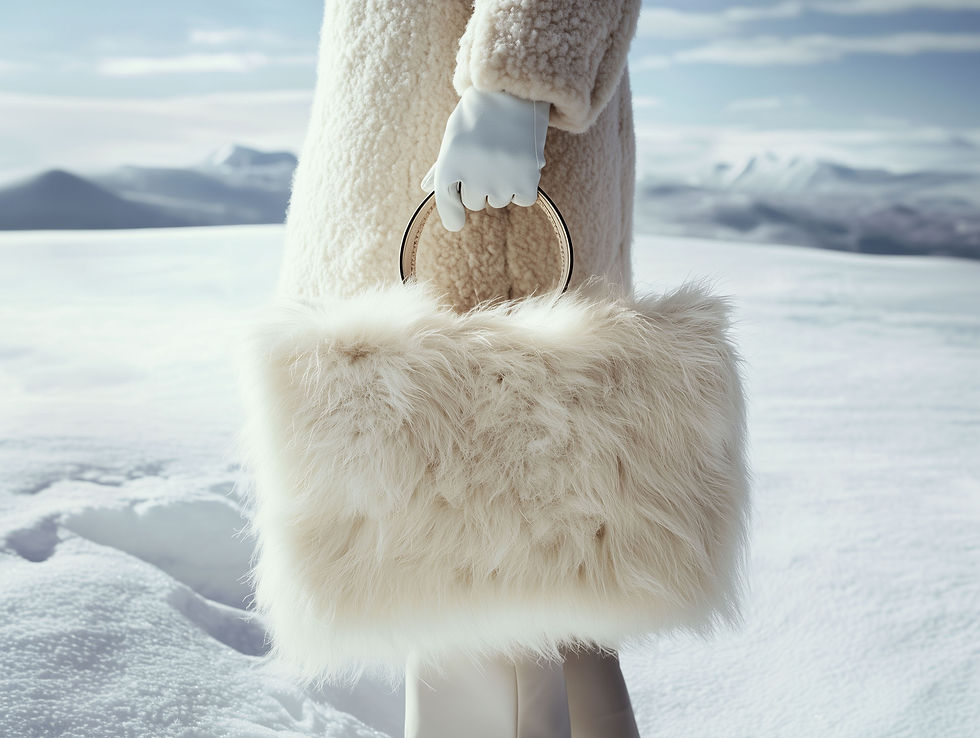Patterns in Fashion: v. Floral
- Joanna

- Jun 16, 2022
- 2 min read
Updated: 2 days ago
The Tang dynasty in China (618-907 AD) was the birthplace of exotic floral and bird patterned silks, which later made their way to Europe through trade, gaining popularity as part of the Oriental fashion trend in the late nineteenth Century.
During the fifteenth Century, the exquisite floral lace from Venice became increasingly popular in Europe.
In the early seventeenth Century, heavy ornate textiles, originating from the Islamic period, featured intricate depictions of tulips, pomegranates and rosebuds.
Additionally, British and Dutch merchants imported block-printed floral chintz from India in the seventeenth Century. Later, this fabric was mass-produced more affordably in Europe in the mid-eighteenth Century.

In the eighteenth Century European fashion, delicate and pretty roses, carnations, and daisies were intricately embroidered on silk brocade.
William Morris, a prominent figure in the late nineteenth Century Arts and Crafts movement that focused on naturalistic forms, incorporated the sunflower into his designs for Morris & Co. This print was widely used in fabric and interior decoration. The popularity of Morris & Co prints experienced a revival in the late 1960s during the 'Flower Power' movement, which championed values of nature, peace, love and revived the more peaceful Edwardian era, through fashion.
The Kontiki fashions of the late 1940s and early 1950s drew inspiration from the Southern Tropics, leading to the widespread popularity of hibiscus and tropical patterns, especially in men's Hawaiian shirts and women's dresses and sarong-style skirts. In the movie 'Blue Hawaii' (1961), Elvis Presley famously sported Aloha shirts adorned with tropical garlands known as 'lei.'
Laura Ashley reintroduced soft floral prints into mainstream fashion in the late 1970s with her Victoriana-inspired, modest and dreamy dresses.
For an understanding of how you could best wear floral patterns, please book a Body Type Style Analysis.



